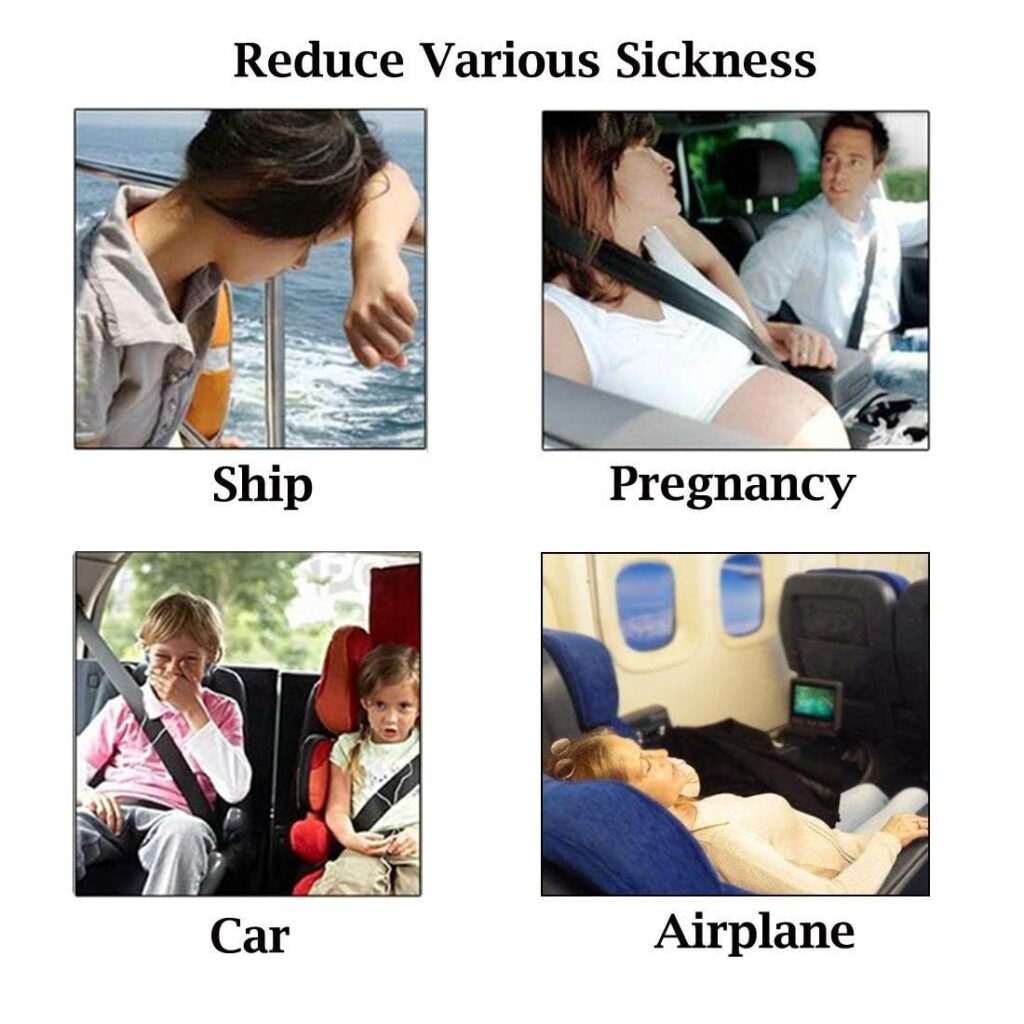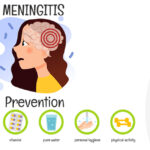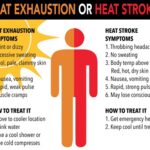Motion sickness is a common condition triggered by repetitive motion from vehicles such as cars, boats, airplanes, or virtual simulation. It occurs when the inner ear, eyes, and sensory nerves send conflicting signals to the brain. This sensory mismatch leads to symptoms such as dizziness, nausea, vomiting, and cold sweats.
Those most susceptible include children aged 2–12, pregnant individuals, and those prone to migraines or anxiety.

Behavioral and Environmental Adjustments for Motion Sickness Prevention
Optimal Seating Positions to Minimize Motion
Selecting the right seat plays a pivotal role in preventing motion sickness:
- In cars: Sit in the front passenger seat where motion is less pronounced.
- In airplanes: Choose seats over the wings for the most stable experience.
- On boats: Stay in the middle and on the lower deck where motion is minimized.
- On trains: Face forward and choose a window seat to visually align with the direction of travel.
Maintaining visual contact with the horizon helps synchronize sensory inputs, reducing disorientation.
Adequate Ventilation and Airflow
Poor air circulation exacerbates nausea. Use fans, open windows, or direct air vents toward your face. Avoid strong odors, such as fuel or food, which can intensify symptoms.
Focus Techniques and Distraction
- Avoid reading or staring at screens during movement.
- Focus on a fixed point in the distance, such as the horizon.
- Listen to calming music or practice deep-breathing exercises to reduce anxiety-induced nausea.
Pharmacological Solutions: Motion Sickness Medications
Over-the-Counter Antihistamines
Several antihistamines effectively reduce nausea and vomiting:
- Dimenhydrinate (Dramamine): Commonly used and effective for short trips.
- Meclizine (Bonine): Less sedating and ideal for longer travel durations.
- Diphenhydramine (Benadryl): Offers quick relief but may cause drowsiness.
These medications are most effective when taken 30–60 minutes before travel.
Prescription Options
For individuals who do not respond to OTC drugs, physicians may recommend:
- Scopolamine patches: Applied behind the ear, effective for up to 72 hours.
- Promethazine: A strong anti-nausea agent, often used in severe cases.
Consultation with a healthcare provider is essential before using prescription medications, especially for individuals with pre-existing conditions.
Natural and Alternative Remedies for Motion Sickness
Ginger as a Natural Antiemetic
Ginger has been extensively studied for its anti-nausea properties. It can be consumed in various forms:
- Ginger tea
- Ginger capsules
- Candied ginger or ginger chews
Doses of 250 mg to 1000 mg, taken 30 minutes before travel, have proven effective in several clinical studies.
Acupressure Techniques
Wristbands that apply pressure to the P6 (Neiguan) acupressure point, located three finger-widths below the wrist, may help prevent nausea. These bands are non-invasive and widely used during sea and air travel.
Aromatherapy
Essential oils such as peppermint, lavender, and lemon can provide relief through inhalation or topical application. These scents help calm the nervous system and reduce nausea sensations.
Preventive Dietary Habits Before and During Travel
Avoid Trigger Foods and Beverages
Refrain from consuming:
- Greasy, spicy, or heavy meals before travel
- Excessive caffeine and alcohol
- Carbonated beverages that can cause bloating
Instead, opt for small, bland meals rich in complex carbohydrates, such as crackers or toast.
Hydration and Electrolyte Balance
Drink water regularly, but avoid overhydration. Electrolyte-rich fluids can help maintain balance and reduce fatigue.
Cognitive and Psychological Approaches
Anxiety Management
Anxiety can intensify motion sickness symptoms. Techniques to mitigate anxiety include:
- Guided meditation
- Progressive muscle relaxation
- Cognitive distraction through engaging conversation or music
Training the mind to associate travel with calmness rather than discomfort reduces symptom onset.
Motion Sickness in Children and Special Populations
Children are particularly vulnerable. To help prevent motion sickness in young travelers:
- Seat them in a position where they can see outside
- Encourage napping during the journey
- Keep them engaged with stories or music, not screens
Pregnant individuals should consult their healthcare provider before using any medication or herbal remedies.
Proactive Travel Planning to Reduce Risk
Plan Ahead and Adjust Travel Schedules
- Travel during times when the motion is least disruptive (e.g., early morning flights or calmer sea conditions).
- Break long trips into shorter segments with rest stops.
Pack a Motion Sickness Kit
Include essential items such as:
- Prescribed medications
- Ginger supplements or candies
- Motion sickness wristbands
- Vomit bags and tissues
- Bottled water and electrolyte tablets
The prevention of motion sickness requires a comprehensive approach tailored to individual susceptibility and travel conditions. Through informed behavioral adjustments, timely use of medications, and natural remedies, we can effectively reduce or eliminate motion sickness. Consistent preparation, combined with a personalized strategy, ensures comfortable travel across any mode of transportation.

